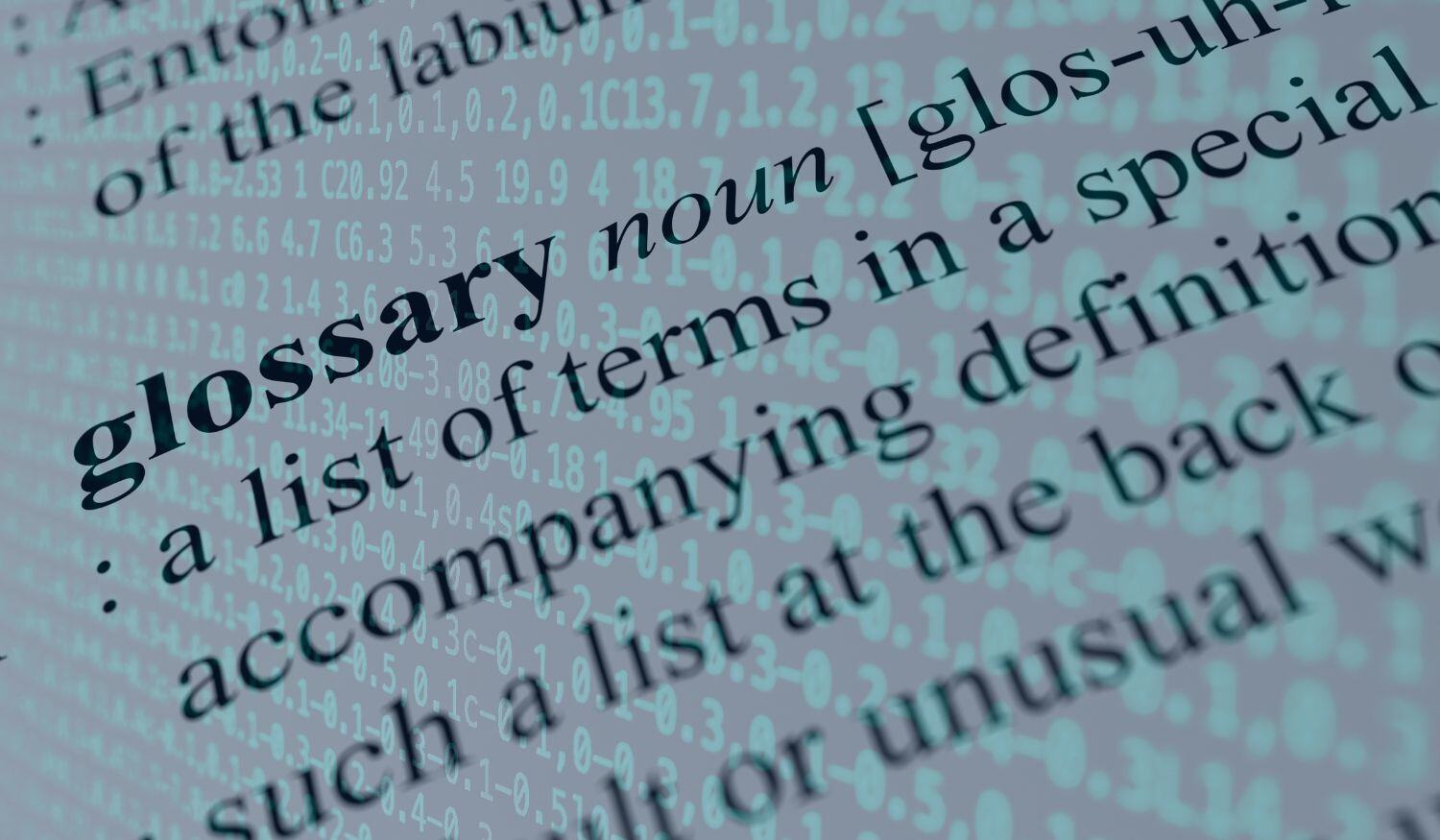The Key to Future-Proofing Data Loss Prevention (DLP)
Good Data Tagging & Classification
Scaling up your business is a great thing — but along with scaling the organization itself, you also scale up complexity, risk, and sheer volume of data.
The bigger the organization, the more crucial it is to understand where sensitive data lives, where it can move, and who has a true business need to access that information. Security leaders need a way to control the flow of information in a secure, simple way — Data Loss Prevention (DLP) and encryption come to mind. But modern data environments present unique complexities, with data scattered across various systems and platforms. Too often, we don’t really know what data is being exchanged, where it is, or who has access to it.
Ensuring consistent and effective encryption across this diverse landscape is daunting — but there could be a way to future-proof DLP encryption. And it’s something that we all have the ability to improve today: Data tagging and classification.
Data Tagging and Classification: Why Does It Matter for Data Loss Prevention?
Data tagging involves assigning labels or tags to data elements, providing additional information about their purpose or attributes. It can help you identify the type of information a file contains, and then categorize it accordingly for security and searchability. Data classification, on the other hand, groups data based on predefined criteria. It establishes categories or classes for organizing data, allowing organizations to apply appropriate security measures, access controls, and retention policies.
How does that play into Data Loss Prevention (DLP)? At its core, DLP aims to prevent the unauthorized disclosure or leakage of sensitive data. Without the organization and identification of data, implementing effective DLP measures will turn into a constant string of back-work. This is why data tagging and classification need to move upstream and become foundational.
By tagging and classifying data, organizations can assign specific attributes and labels to different types of information based on their sensitivity, such as personally identifiable information (PII), financial records, or intellectual property. These tags act as flags, allowing DLP solutions to identify and apply the appropriate security controls and monitoring mechanisms to protect the data as it moves.
Data tagging enables organizations to create a clear data map, making it easier to track, monitor, and control the flow of sensitive information. For example, if a file containing customer credit card data is tagged appropriately, the DLP system can automatically detect and prevent unauthorized attempts to transfer or share that file, mitigating the risk of a data breach.
Data classification enhances the effectiveness of DLP by enabling more precise and targeted security measures. With data classified into different levels of sensitivity, organizations can apply access controls that limit data access to only authorized individuals or roles. This ensures that sensitive data is protected from unauthorized viewing, alteration, or removal.
At the end of the day, putting the work into thoughtful and nuanced data tagging and classification is foundational to so many downstream benefits — not just today, but also in the future.
How Data Classification and Tagging Future-Proofs DLP Encryption
Data classification and tagging provide a flexible and scalable foundation for evolving DLP strategies. DLP engines are already being informed by machine learning and AI — and, just as with any AI model, the more thorough and detailed the input, the more intelligent the output. Strong data tagging and classification practices will pay dividends in the future, because they help you make smarter decisions about data, at organizational scale.
Access Controls
As regulations, employees, and threats ebb and flow, access controls change with them. By setting a foundation of data organization, you can gain granular control over data access. You can define access permissions at a detailed level, allowing only authorized personnel to handle specific categories of sensitive data. For instance, personally identifiable information (PII) or financial records can be restricted to individuals with a legitimate business need to access such data, thereby minimizing the chances of data breaches or privacy violations.
As data volumes and complexities increase, organizations can easily adapt their access controls by modifying or expanding the existing data tags and classifications. This agility ensures that access controls remain aligned with the evolving security landscape, keeping sensitive data secure even as new threats and regulatory requirements emerge.
Compliance
Compliance regulations are ever-evolving, and we’re constantly bending to adapt to them. For many, compliance is the sole purpose of implementing DLP encryption, to stop mistakes before they happen. But there’s more to the picture when it comes to compliance — like being able to easily track down data for audit and disposal.
Proper data classification and tagging enable organizations to swiftly identify data that needs to be disposed of based on retention periods or regulatory guidelines. This means saying goodbye to unnecessary data, reducing storage costs, and ensuring compliance without breaking a sweat. In the context of DLP, this could mean automatically applying access expiration dates to data tagged “PHI” or classed as extremely sensitive.
Now, let's talk about sensitive data identification. With data classification and tagging, organizations can tag sensitive data elements like personally identifiable information (PII) or financial data. These tags act as beacons for robust security measures, access controls, and encryption protocols. Say hello to enhanced data protection, minimized risks of unauthorized access or data breaches, and smooth sailing through regulatory requirements. By assigning relevant attributes to data, organizations can generate comprehensive audit trails and reports. This not only keeps compliance obligations in check but also makes internal and external audits a breeze. It's all about transparency and accountability in how data is handled.
Machine Learning and Artificial Intelligence
Even with the rise of artificial intelligence (AI), humans still play a vital role in training these models. When we classify and tag data elements, we're giving AI systems valuable labeled datasets to learn from. It's like teaching them the ropes: By analyzing the labeled examples, AI algorithms start to understand the context, sensitivity, and traits of different data elements. This helps them improve at accurately identifying and facilitating the movement of sensitive information.
AI brings some serious firepower to DLP, and it supercharges everything else that benefits downstream from thorough data classification. With AI on board, we can analyze massive amounts of data, spot patterns, and catch anomalies or potential security threats. By blending AI's brainpower with the insights from data classification and tagging, organizations can take their DLP game to the next level, defending against data breaches proactively and with less effort.
On top of that, AI can keep a watchful eye over access controls. By considering data tagging info, AI algorithms can dynamically adjust permissions and restrictions based on user attributes, context, and data sensitivity. We’ll also be able to automate the encryption of data based on its classification. This ensures that the right level of encryption is applied to protect data based on its sensitivity, providing an efficient and scalable approach to data security. AI allows us to automate encryption processes and ensure that sensitive information remains secure, even if it falls into the wrong hands.
Downstream Benefits: Cultivating a Strong Data Protection Culture
The integration of strong data organization and DLP into existing workflows is key. By adopting a foundation of strong data organization and leveraging its advantages for internal and external collaboration, organizations can enhance data security, mitigate compliance risks, and establish a robust foundation for data protection in the modern era. Just ask organizations like NEXT Insurance, Health IQ, and DNA Worldwide.
Share this
You May Also Like
These Related Stories

B2B SaaS Cybersecurity Programs Do Not Scale Linearly

Glossary of Cybersecurity Threats and Scams for 2025


